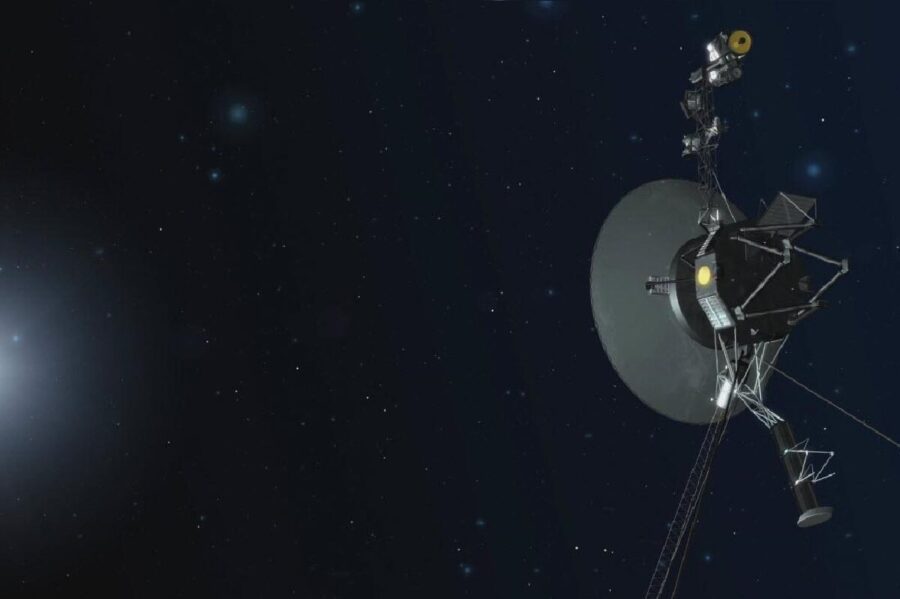NASA began shutting down the Voyager spacecraft system, launched in 1977. This means the end of a career for spacecraft that have worked for nearly half a century and were the first to enter interstellar space. This is reported by The Independent.
Voyager 1 and Voyager 2 were launched in 1977 to study the most distant planets in the solar system and their satellites. In the last century, they flew around Jupiter, Saturn, Uranus and Neptune, and in 2013 they entered interstellar space outside the heliosphere. NASA must now limit their functionality so that they can operate until 2030.
“We’re at 44 and a half years. So we’ve done 10 times the warranty on the darn things,” says Ralph McNutt, a physicist at the Johns Hopkins University Applied Physics Laboratory.
The first Voyager still has four instruments, while the second has five. Both spacecraft are powered by electricity generated by the decay of plutonium. The power of this battery decreases by about 4 watts every year, so NASA has already had to decide which tools to turn off.
In 2019, engineers turned off the heating for the space beam detector. It was it who determined when Voyager 2 went beyond the heliosphere, magnetosphere, astrosphere and outer layer of the Sun’s atmosphere.
The last instruments that scientists will turn off will be a magnetometer and a plasma instrument contained in the body of the device. They heat up the excess heat of computers and will cool down for the longest time. Both Voyagers are so far from Earth that the first radio signal should take about 22 hours and 18 hours before the second.





Loading comments …